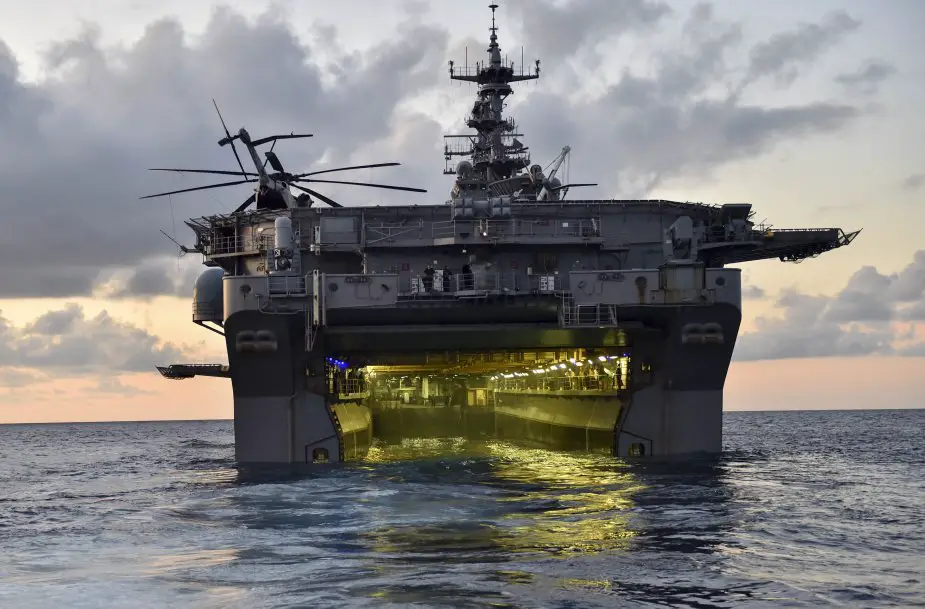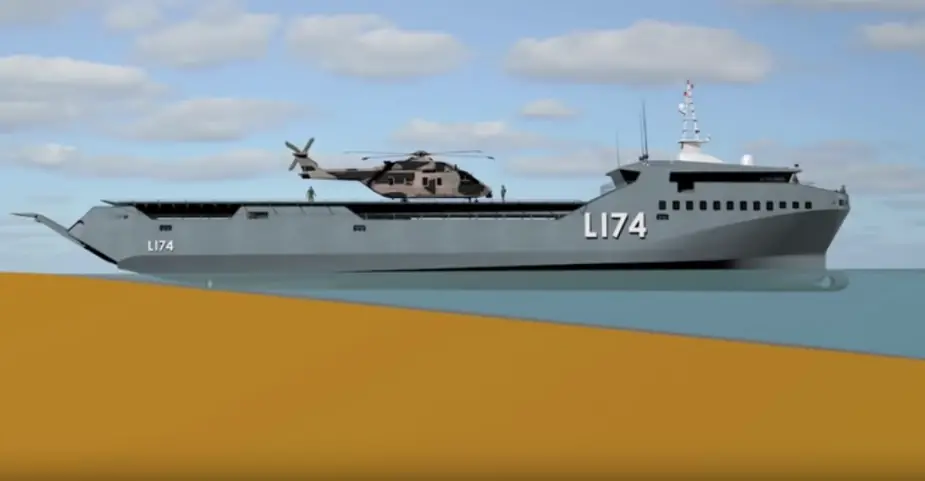Breaking news
U.S. Navy wants to buy as many as 30 of a new class of Light Amphibious Warships.
The US Navy is asking industry for input on a future Light Amphibious Warship, as the Marine Corps recalculates its force design to prepare for a near-peer fight in the Pacific. The Navy anticipates purchasing the first ships in fiscal year 2023.
 The amphibious assault ship USS Iwo Jima (LHD 7) (Picture source: U.S. Navy photo by Mass Communication Specialist Seaman Michael Lehman/Released)
The amphibious assault ship USS Iwo Jima (LHD 7) (Picture source: U.S. Navy photo by Mass Communication Specialist Seaman Michael Lehman/Released)
According to the last Congress Report released on May 6, 2020, the Navy’s research and development portfolio will devote $30 million to a “next-generation medium amphibious ship design” that will likely be based on an Australian designer’s stern landing vessel.
The U.S. Navy wants to buy as many as 30 of a new class of Light Amphibious Warships that would be significantly smaller and cheaper to operate than its existing fleets of large amphibious ships. The service is already exploring possible designs, including a roll-on-roll-off type with a stern ramp.
Navy officials said that the “objective number” of Light Amphibious Warships (LAW) it hopes to buy is between 28 and 30 at a briefing for defense industry representatives on Apr. 9, 2020.
The Navy is still in an information-gathering phase but does already have some key requirements for any potential LAW design, which it expects to be about 200 feet long overall and have 8,000 square feet of cargo space in total. Each LAW will have a crew of no more than 40 sailors and be able to accommodate at least 75 Marines.
The Navy says that it is willing to consider either adapting an existing commercial design, using a commercial hull form as a starting place, or a so-called “Build to Print” ship based on proven design elements and components. The goal in all of these courses of action is to focus on relatively low-risk, low-cost, mature designs, or at least design features, in order to both keep the ships cheap and make them faster and easier to build. The Navy has said it is interested in awarding at least one preliminary design contract by the end of this year with the hope that it could begin buying actual ships as early as late 2022.
 A stern landing design concept (Picture source: Sea Transport Solutions)
A stern landing design concept (Picture source: Sea Transport Solutions)


























